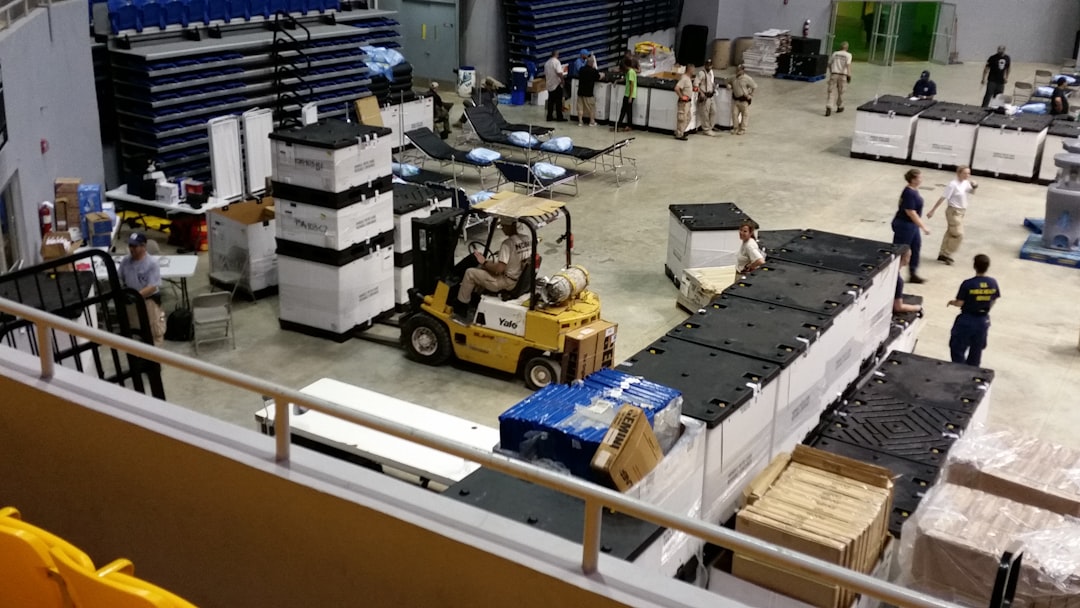In today’s fast-paced business environment, staying competitive means being able to produce high-quality products efficiently and cost-effectively. One way to achieve this is by streamlining your production processes with automation.
Automation allows businesses to reduce manual errors, improve efficiency, and increase productivity. By integrating automation into your production processes, you can optimize workflows, minimize waste, and meet customer demands more effectively.
Here are some ways to streamline your production processes with automation:
1. Identify areas for automation: The first step in streamlining your production processes with automation is to identify the areas that can benefit the most from automation. Look for tasks that are repetitive, time-consuming, or prone to errors. These are prime candidates for automation, as they can be performed more quickly and accurately by machines.
2. Invest in the right tools: Once you have identified the areas that can benefit from automation, it’s important to invest in the right tools to implement automation effectively. This may include robotic arms, automated conveyors, sensors, and software that can automate tasks such as inventory management, quality control, and production scheduling.
3. Integrate automation into your existing processes: To streamline your production processes with automation, it’s important to integrate automation seamlessly into your existing workflows. This may involve redesigning your production line, retraining employees, or implementing new software systems. By carefully planning the integration of automation, you can ensure that it enhances, rather than disrupts, your production processes.
4. Monitor and optimize performance: Once automation is in place, it’s important to continuously monitor and optimize its performance. This may involve collecting data on key performance indicators such as cycle time, throughput, and defect rates, and using this information to identify areas for improvement. By regularly assessing the performance of automation, you can ensure that it continues to streamline your production processes effectively.
5. Collaborate with employees: While automation can streamline production processes, it’s important to remember that employees are still an essential part of the manufacturing process. By collaborating with employees and involving them in the automation process, you can ensure that they feel valued and engaged, and that their skills are utilized effectively. This may involve providing training on new automation technologies, soliciting feedback on the implementation of automation, and involving employees in decision-making processes.
6. Embrace a culture of continuous improvement: Finally, to streamline your production processes with automation, it’s important to embrace a culture of continuous improvement. This means constantly seeking ways to optimize and enhance your production processes, and being open to new technologies and approaches. By fostering a culture of continuous improvement, you can ensure that your business remains competitive and responsive to changing market demands.
In conclusion, streamlining your production processes with automation can help you achieve greater efficiency, lower costs, and higher quality products. By identifying areas for automation, investing in the right tools, integrating automation into your existing processes, monitoring performance, collaborating with employees, and embracing a culture of continuous improvement, you can streamline your production processes effectively and stay ahead of the competition.

